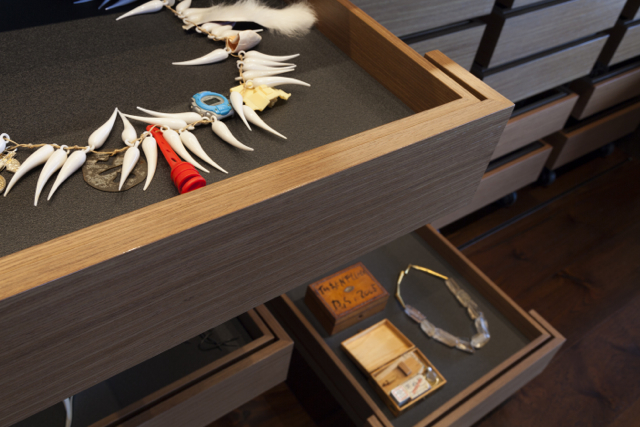
Collecting Contemporary Jewelry
Collecting Contemporary Jewelry
In conversation with Susan Cummins, board member of Art Jewelry Forum
Text: Paulina Tsvetanova
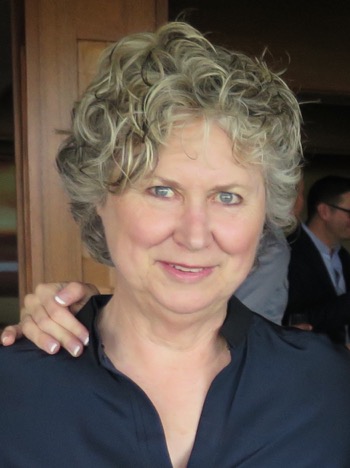
Susan Cummins
Susan, thanks for giving us this interview. Can you quickly introduce yourself and your role with the Art Jewelry Forum?
Yes, thanks for asking me. By way of introduction I will tell you a story. While visiting a church in Florence in the 1960s, I became aware that I was totally captured by the fresco in front of me. I had always loved to draw but this experience revealed that I also loved to see – and in fact I loved looking more than making. So after I made my way back to America I studied art history, then opened an art gallery, and in the process eventually found my way to the craft world and art jewelry.
In the 1990s American collectors of craft were forming collecting groups that were dedicated to specific materials. There was a ceramics group, a glass group, a fiber group, but no jewelry group. I felt that jewelry needed a group too. So, with a number of other collectors and artists, we started the Art Jewelry Forum. Our intention was to educate the collector base to enable them to support the ever-more challenging jewelry coming out of the academic institutions here in America. We mainly did this through trips and interaction with jewelers, curators and gallerists.
With the advent of the computer and the global economy, we expanded the organization to include artists, curators, galleries and everyone who was interested in contemporary jewelry, wherever they lived. We started an active blog and then an online magazine to review exhibitions and books, express ideas and theories, and to interview active members of the community. With this increase in activity we hoped to form an archive about jewelry that everyone who might want to know more could access. We were doing our homework and making it available to others who wanted to research the field.
You are a collector of contemporary art jewelry. How and when did you fall in love with this field? Is there a personal story behind it?
Well, first I was a dealer, and only after I closed my gallery in 2002 did I become a collector. In the gallery I exhibited paintings, sculptures and jewelry. I loved all of it, but the jewelers in particular impressed me with their intelligence and skill. So despite the fact that I don’t wear jewelry, I began expanding my knowledge of it. In the gallery I had only shown American jewelers and had no knowledge of European jewelry. To remedy this, I arranged a trip to the two European capitals of jewelry (Amsterdam and Munich) with some other collectors and two artists who were familiar with those cities. It was a fantastic and very eye-opening trip, and my origin moment as a collector. That was the beginning of my serious intention to own these small and vital objects.
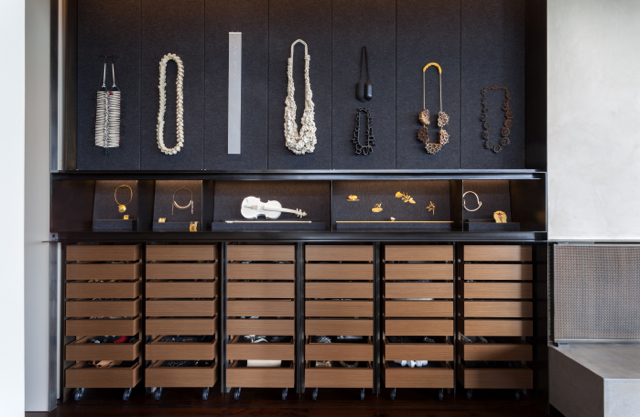
Pieces in Susan Cummins’ art jewelry collection
Many people have no idea what art jewelry in fact is. Jewelry is not only an adornment. How would you define it?
I recently read a description of art jewelry that I like very much, and this has become my current definition. In the book Ten Years of Precious Thoughts, Adrean Bloomard writes “Jewelry is one of the most ancient, psychologically complex communicative forms I know. One small object encapsulates millennia of cultural layers, ancestral beliefs and relational visions that are so complex and personal that it becomes a feared, venerated or even hated object.” Art jewelry is this kind of jewelry done with consciousness.
I personally collect vintage fashion, but I do not always wear it. Do you wear the jewelry you own? Do you regard jewelry as wearable art? Wearing art is an intimate relationship with you as a person…
No, I do not wear jewelry, but I am very interested in the restrictions implied by its life as a wearable object, and I consider this to be important to its meaning and value. There are many ways to look at jewelry, and its intimate relationship to the body is one aspect to ponder. The idea that it can also carry the memory markings from one wearer to another is also very interesting. For example, a ring changes form as it is worn, and when it is passed on to another person it carries the marks made by the earlier body.
In an Art Jewelry Forum interview, jeweler Monika Brugger commented that “Making brooches is not only about making beautiful compositions with different materials and forms, but it is also the fact that you make an object that is related to the human body. This will affect how the wearer is perceived by the viewer and by society. When I use a garment and when I sew the elements directly on the textile, I speak, among other things about the memory of a sorrowful period of my ‘national background.’ I also refer to jewels as a mark on the body, and to all the ways societies invent reasons to include or exclude a part of the human race by force or voluntarily. This is human damage.” She has some very deep thoughts about the relationship of jewelry to the body in this interview.
Many jewelers have had to think about this subject for themselves, and I love trying to decode how they’ve each done it.

Pieces in Susan Cummins’ art jewelry collection
Can art jewelry have a political or cultural message?
Yes. In fact I am currently involved in a project investigating this idea. In the 1970s and 1980s American jewelers were very active in making jewelry that included political commentary. From Fred Woell, who often ridiculed the role of corporate America, to Ken Cory and Kiff Slemmons, who commented on Native American Indian jewelry and the political plight of indigenous peoples living on reservations, there were many artists who protested against American politics and society. Political badges have also been prominent in the culture at large. The San Francisco gallery Velvet da Vinci had a show of artist-made badges a couple of years ago. Jewelry is very communicative in this way.
Susan, you are very proactive person, going to international shows, fairs, travelling a lot. Do some curators or experts help you to choose a piece, or do you rely only on your intuition when you decide to buy a piece?
I do have an art historian called Damian Skinner helping me to document and write about the pieces in my collection. I have found it great fun to work with him on this task, and it has clarified what I am interested in, and why. But the choice of jewelry is still very much mine – with advice from Rose Roven, my partner.
I also have collected art for a long time, and at one point Rose and I tried to use an art advisor to buy artwork for our house. Although we did end up with some great pieces, we also had a terrible time trying to make him understand what it was we wanted to see. Somehow the idea that we were interested in material-based art didn’t compute in his conceptually based art world. So we ended that relationship. Despite the fact that the art world has many consultants ready willing and able to help you find what you want, the craft world – and in particular the jewelry world –can’t claim the same. Why is that, I wonder? Don’t we take it seriously enough?
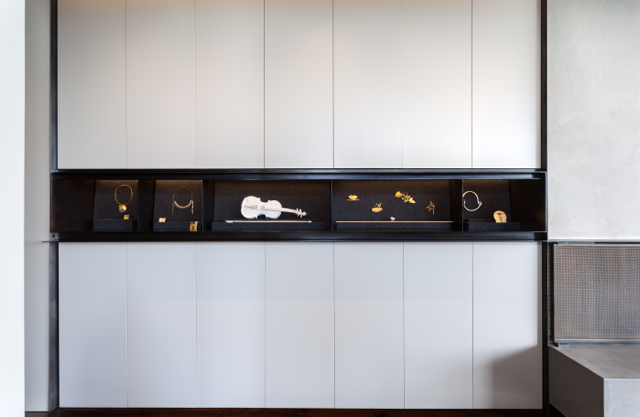
Pieces in Susan Cummins’ art jewelry collection
Which positions are present in your art jewelry collection? Can you talk about some significant pieces? Do you support also emerging artists?
The Rotasa Collection Trust (the legal name of our collection) is looking for contemporary jewelry that expresses the poetry and emotion of the primal human condition. With each piece we try to get to the basis of what makes jewelry so powerful to humans from a deep psychological place. There are a number of things that jewelry is known to do: adorn the body, declare status, and act as a talisman. That last one is really the driving force of our collecting. We try as much as possible to understand the mysteries of our existence through the feelings we attach to these small, but powerful objects.
Some of the significant artists I collect are Dorothea Prühl, Manfred Bischoff, Bernhard Schobinger, Warwick Freeman, and Kadri Mälk. Although I have some work by emerging artists, I tend to wait until they are a bit more mature. For example, I like the work of Attai Chen, Lola Brooks, Antje Brauer, Terhi Tolvanen and Tanel Veenre. I consider their work to be more developed conceptually and the craftsmanship to be more refined now they are entering their 40s and have passed the emerging stage.
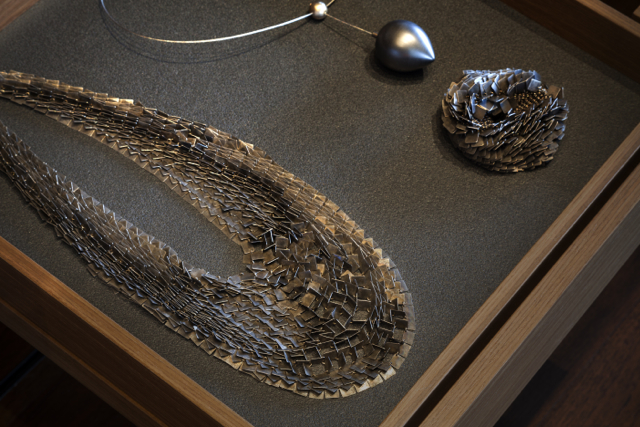
Pieces in Susan Cummins’ art jewelry collection
What about the value of contemporary art jewelry? Can we also buy art jewelry as an investment, despite or precisely because the art jewelry materials are not always “valuable”?
I am not sure what to say about this question. The prices for art jewelry have definitely gone up in the last couple of decades, and you can regard it as an investment, but there are many market forces that should be in play in the field that are not. For example, art jewelry has been barely visible in auctions or secondary markets, so few independent prices have been set. Other markets, like the art market, use this as a way to establish more or less a true value. Although it isn’t always accurate, it acts as a balance to the dealer’s price.
A lot more work needs to be done, not only in the market place, but also in the research around the artists, and the field as a whole. This is something that Art Jewelry Forum has been trying to do for the past ten years. More books need to be produced with serious in-depth studies that explain why these objects and these artists are important. People believe books. They are impressive. We need lots more.
Tell us more about your perception of the art jewelry market – strengths, weaknesses, chances, and perspectives?
Again, I am not really sure what to say about this. I don’t think the market is super strong as it is. I think the economic model was pretty weak to start with, and so it might have to morph and change to keep going. Everyone complains that the audience is too small, and yet I am only aware of a handful of galleries who do things to expand it. Ornamentum, Sienna Gallery, Galerie SO, Galerie Marzee and a few others go to art or design fairs to reach a bigger audience. They will find a way to grow the field, and we have to give them lots of credit for the risks they are taking, which will help us all in the long run.
We are also seeing lots of new experimentation on the internet, and in artists’ cooperatives to try to find other ways to sell work. Schools continue to create determined and talented jewelers who will find a way to make part of their living from selling work. It has never been easy for artists to survive, and that is no different now or for this group of artists. It is a risky life choice, but an admirable one.

Susan Cummins’ working place
What is your relationship to other design and crafts? And to contemporary fine art?
As I mentioned earlier I have a contemporary art collection, but I don’t collect any other kind of craft or design. I read about everything, so I know a little bit about the wider field of visual arts, but mostly I know about art jewelry.
What should be the role of an art collector in general? What is your advice to young collectors?
I think collectors are responsible for supporting jewelry in many ways. Each collector, like each jeweler, has their own view of what they like and how they want to accumulate this work. I have worked with collectors for more than 20 years to try to establish their roles as serious and knowledgeable consumers of jewelry. In fact, that is why Art Jewelry Forum was started. I have enjoyed watching these people become more knowledgeable and more adventuresome in their purchases over the years. Many of these consumers have turned into collectors, and have given their jewelry to museums. In the process, they have not only helped to expose the field to other eyes, but also created opportunities for research and a new book in the form of a catalog to add to the argument for the value and validity of art jewelry. Other collectors, like Susan Beech, have given grants to encourage artists to do work they might not otherwise have the funds to make. Collectors can use their resources to do many things besides buying work. But whatever they do, we must all recognize their importance.
To young collectors – start where you are and grow.
Thank you very much for this interview, dear Susan!

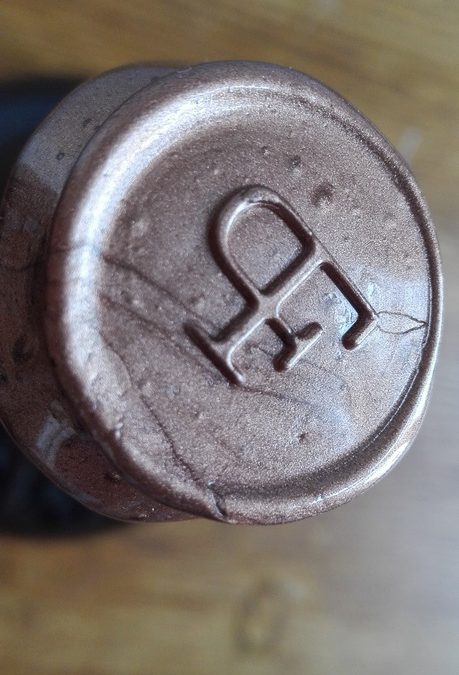
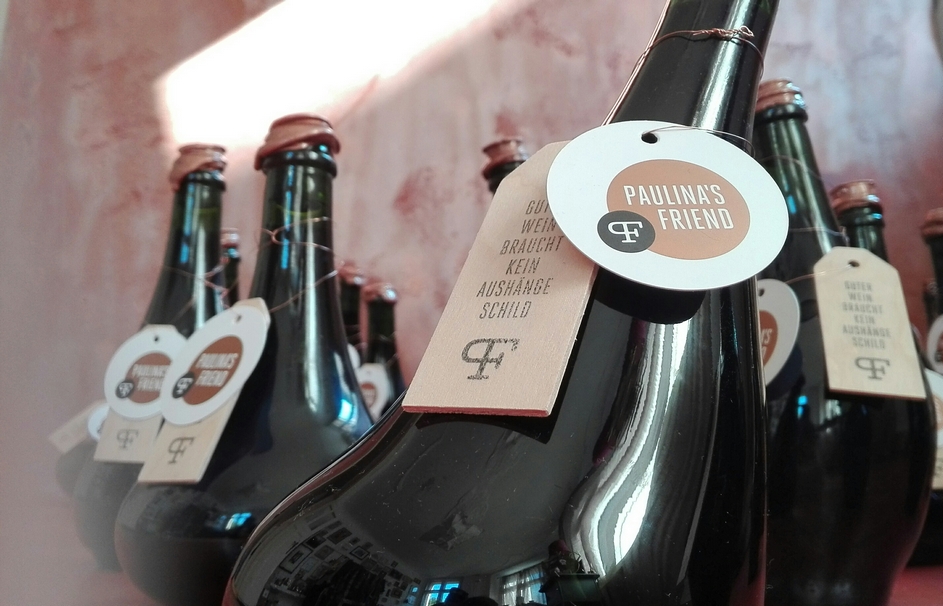
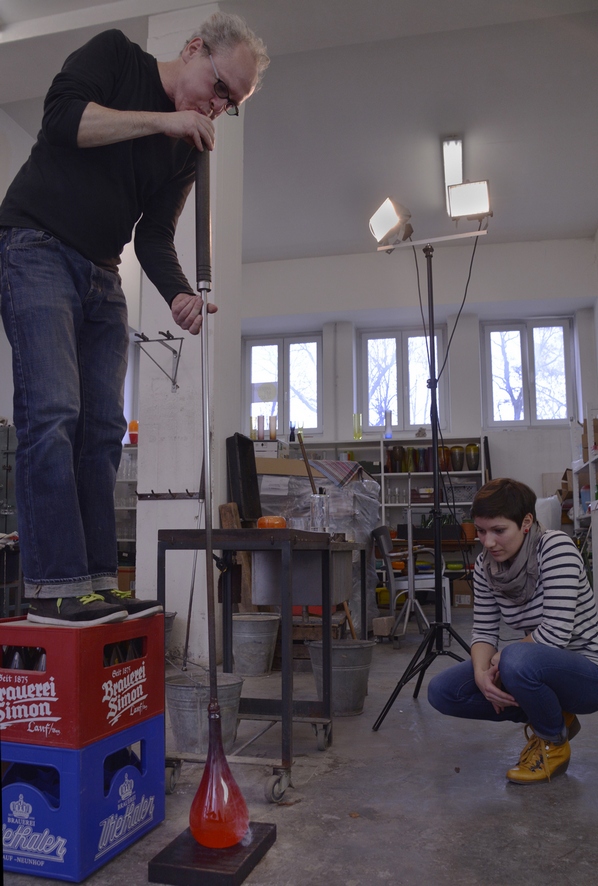
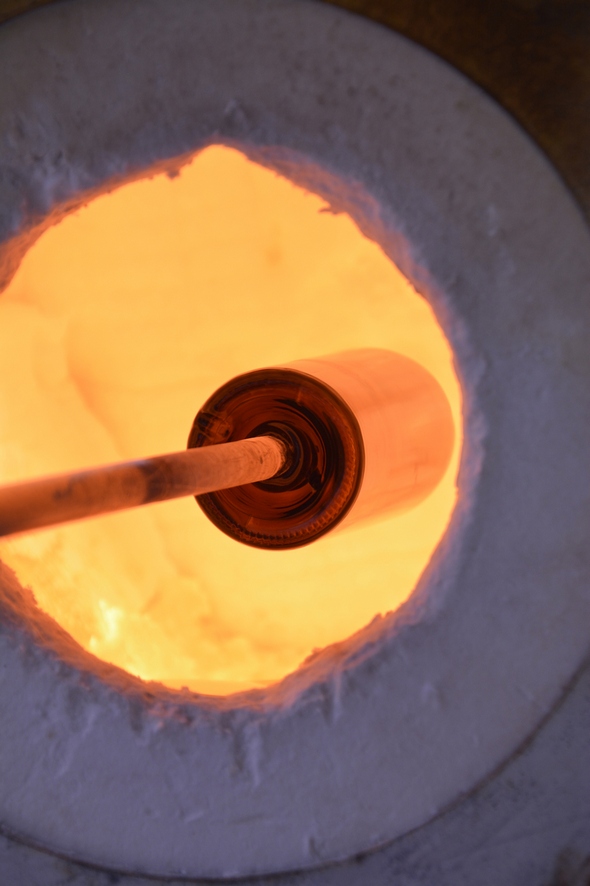
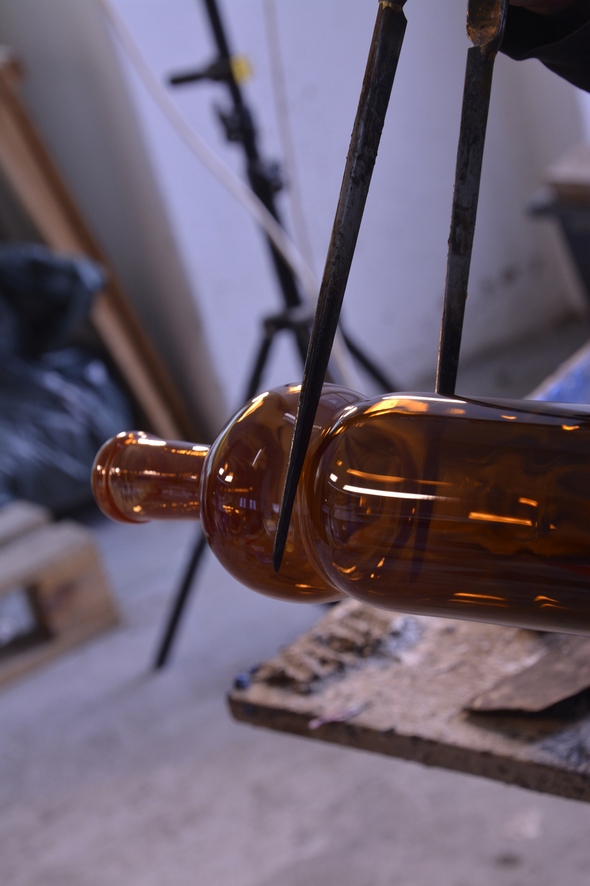
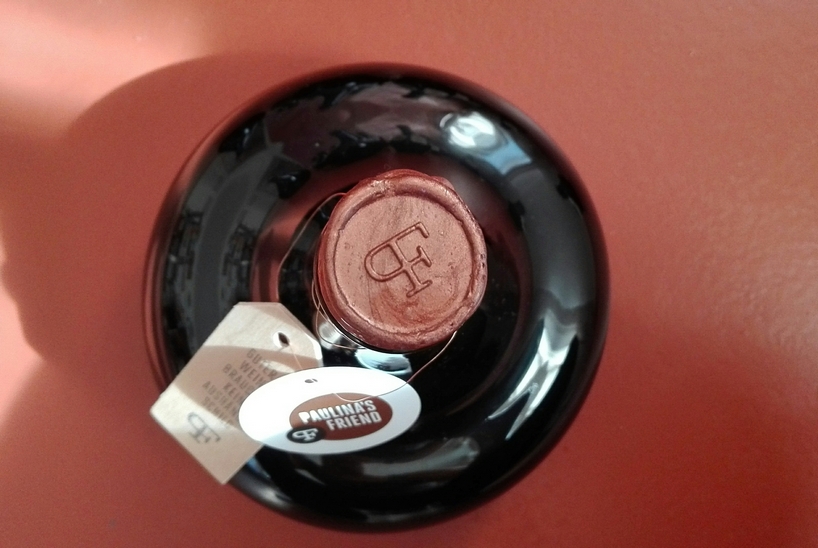
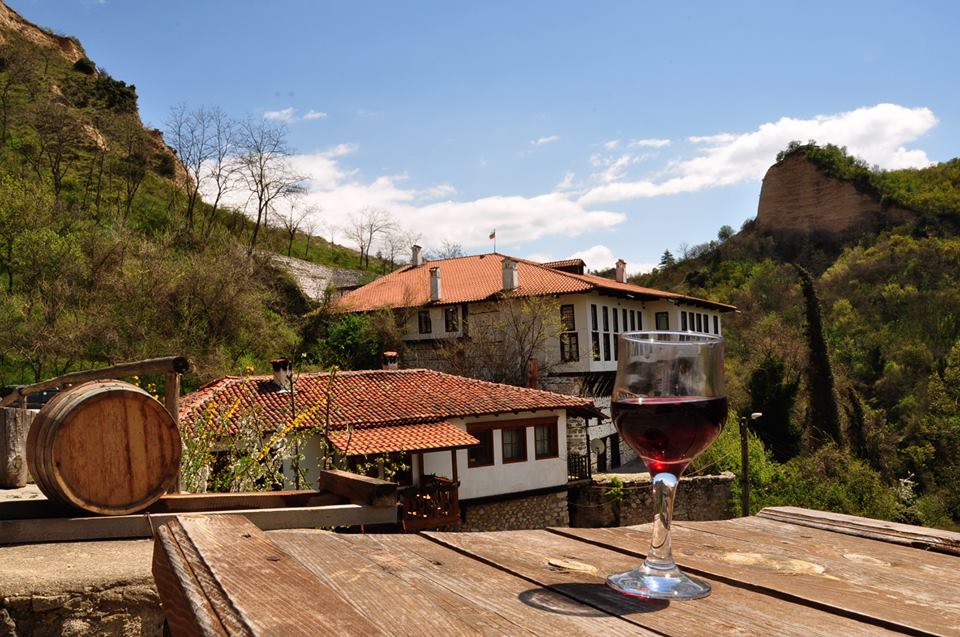
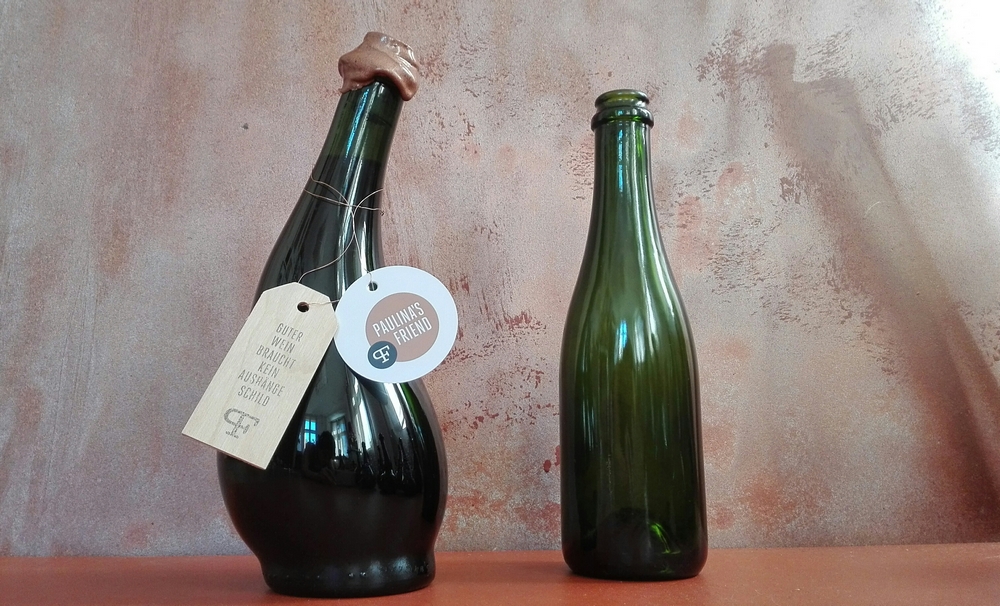

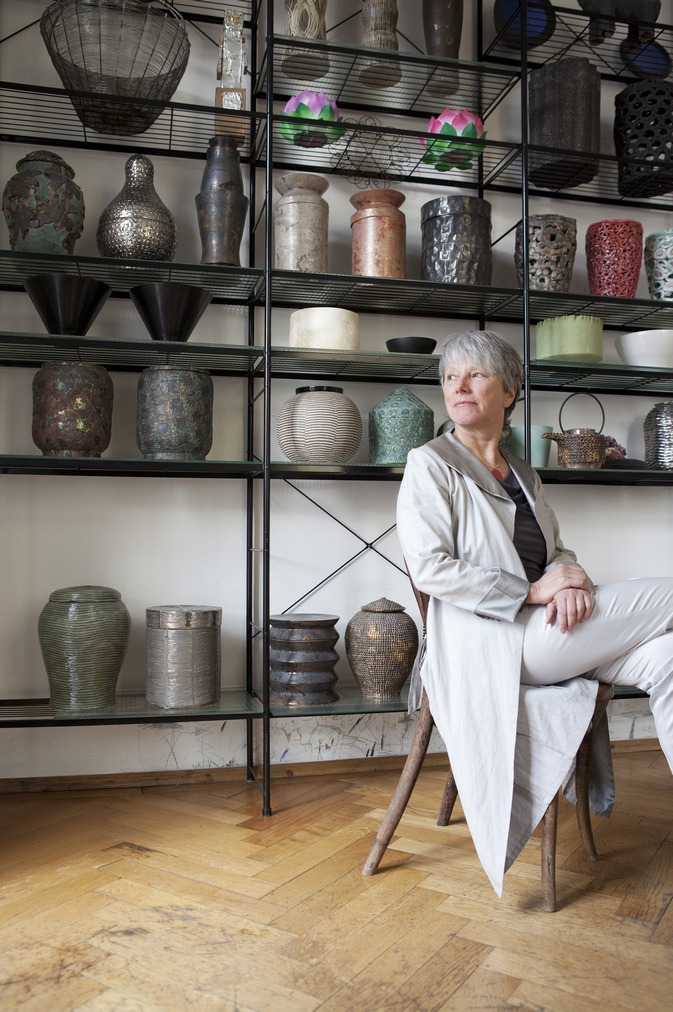

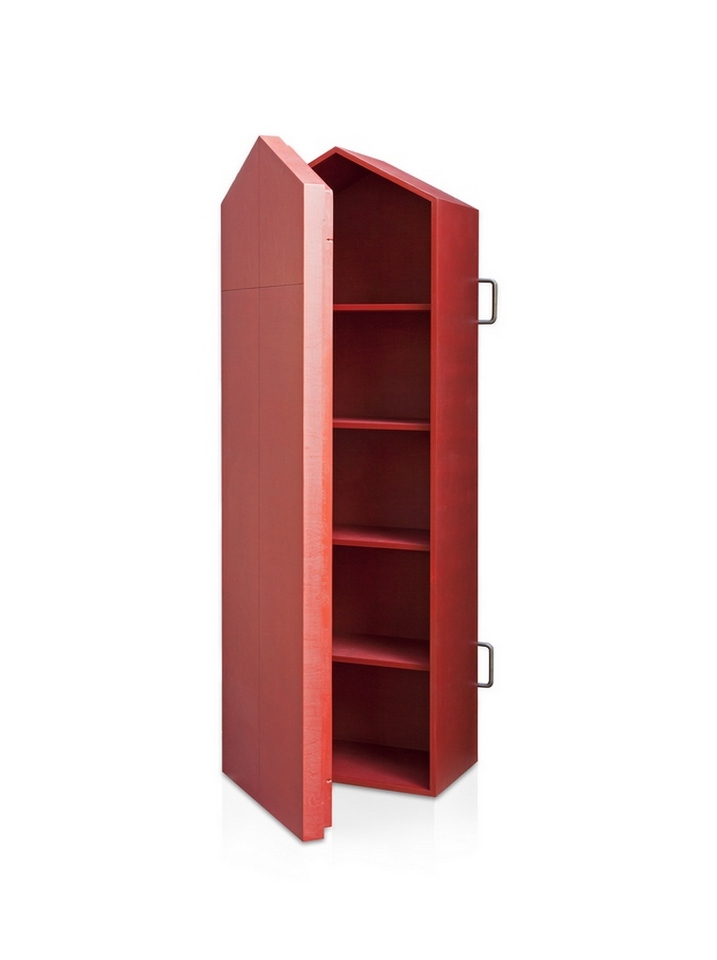
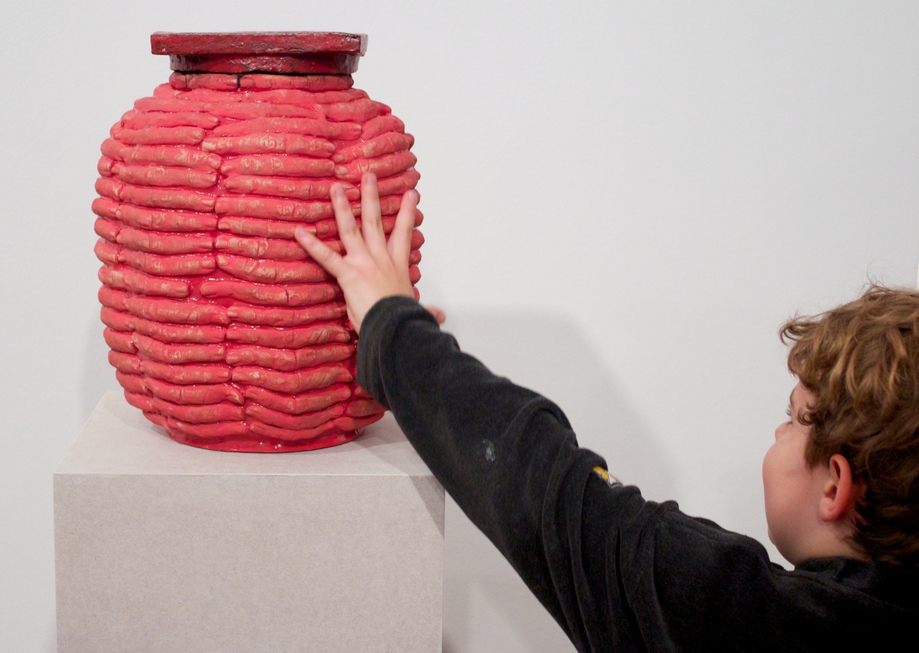
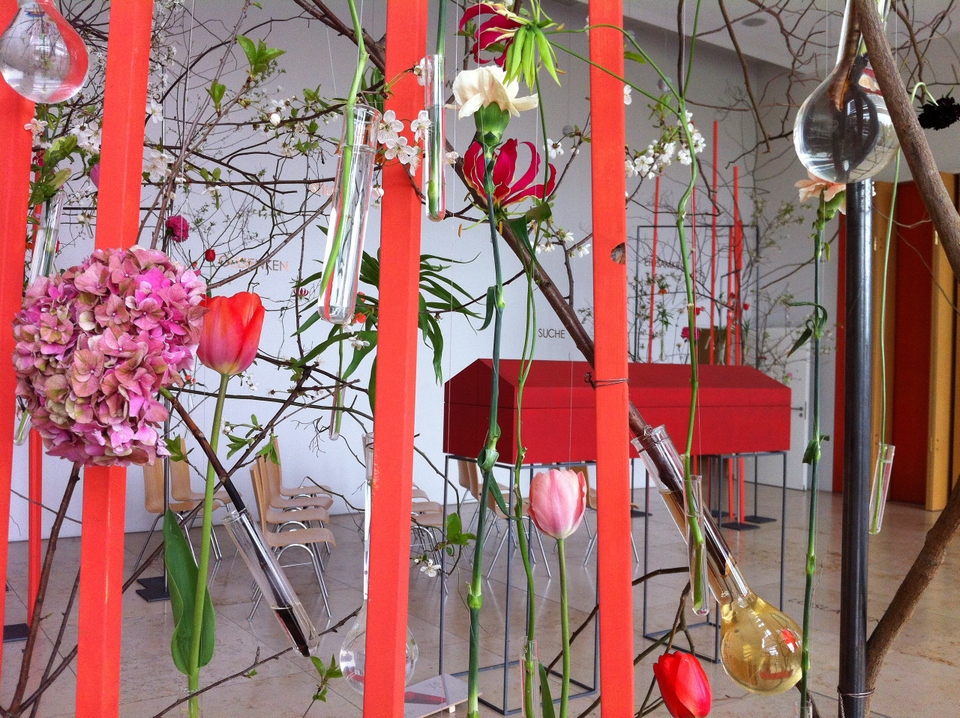
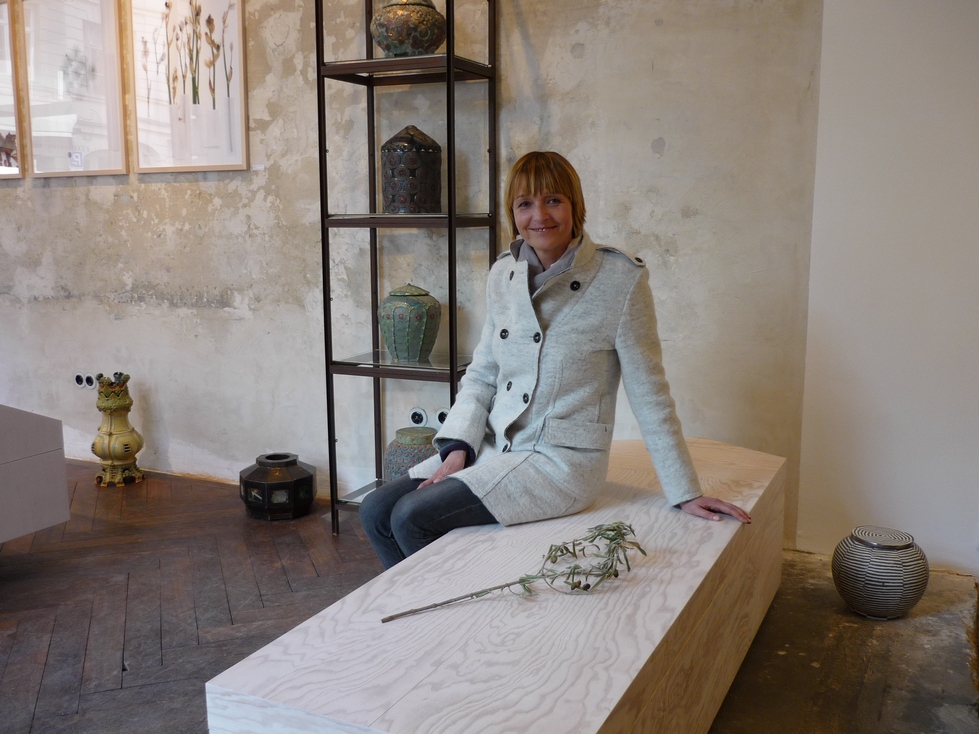
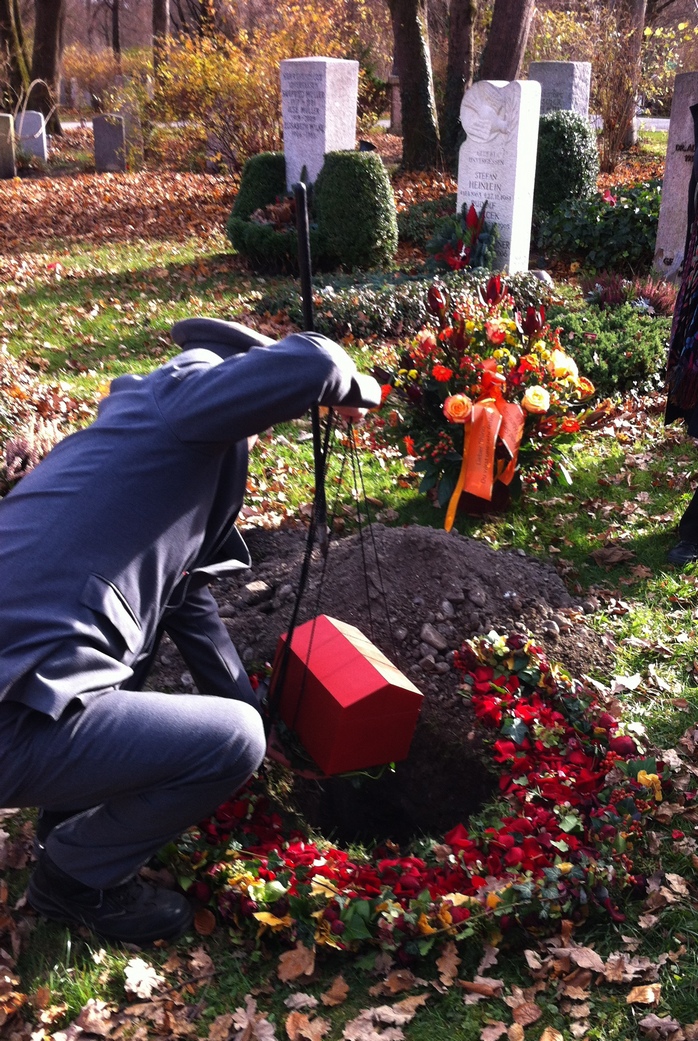

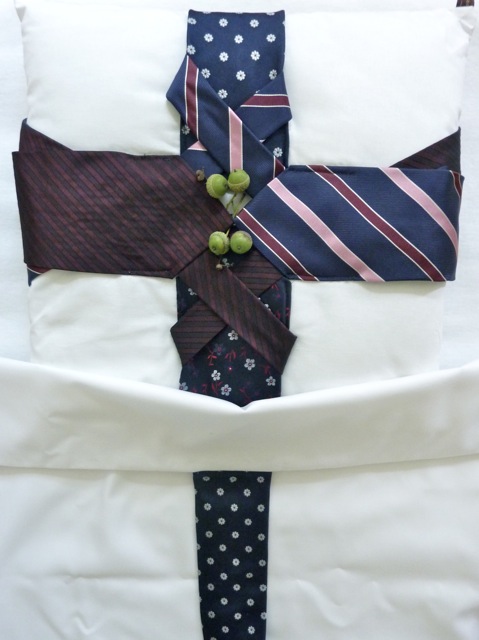
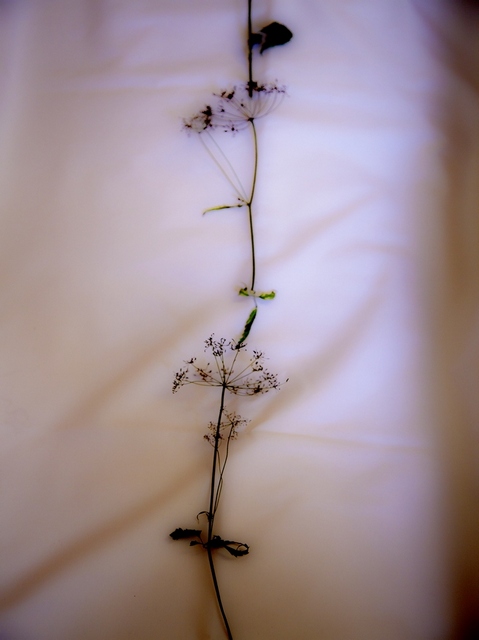
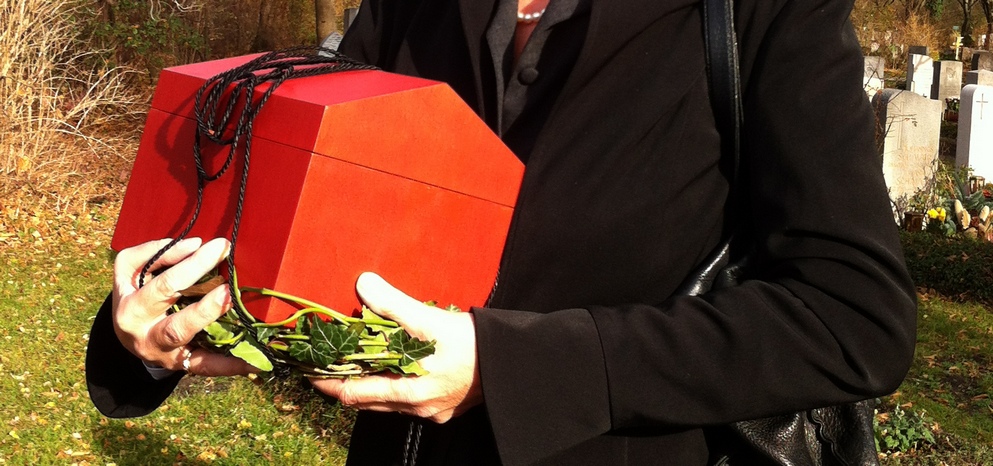
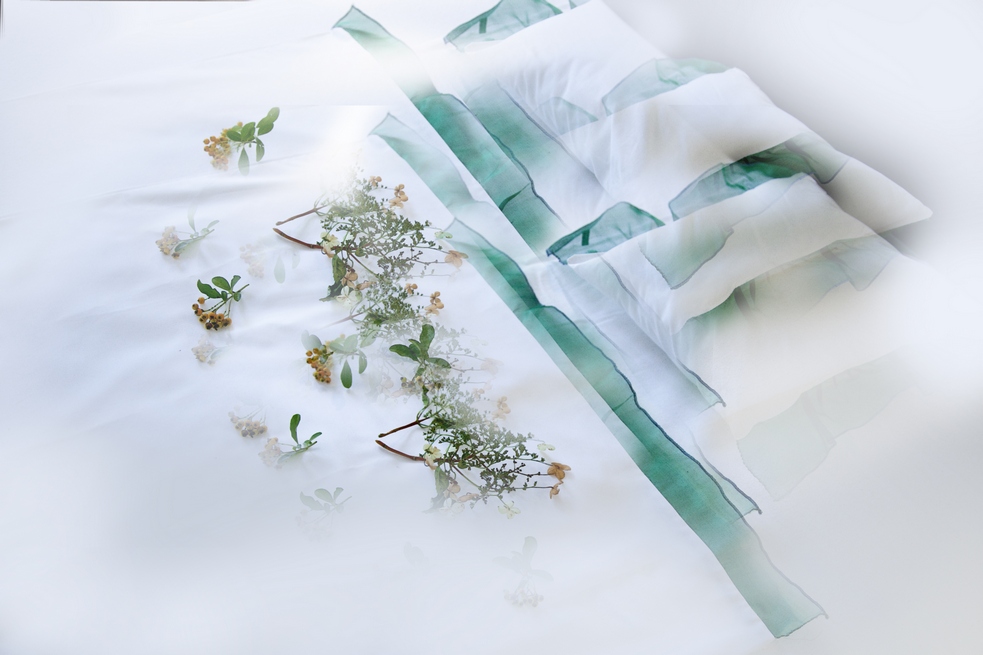
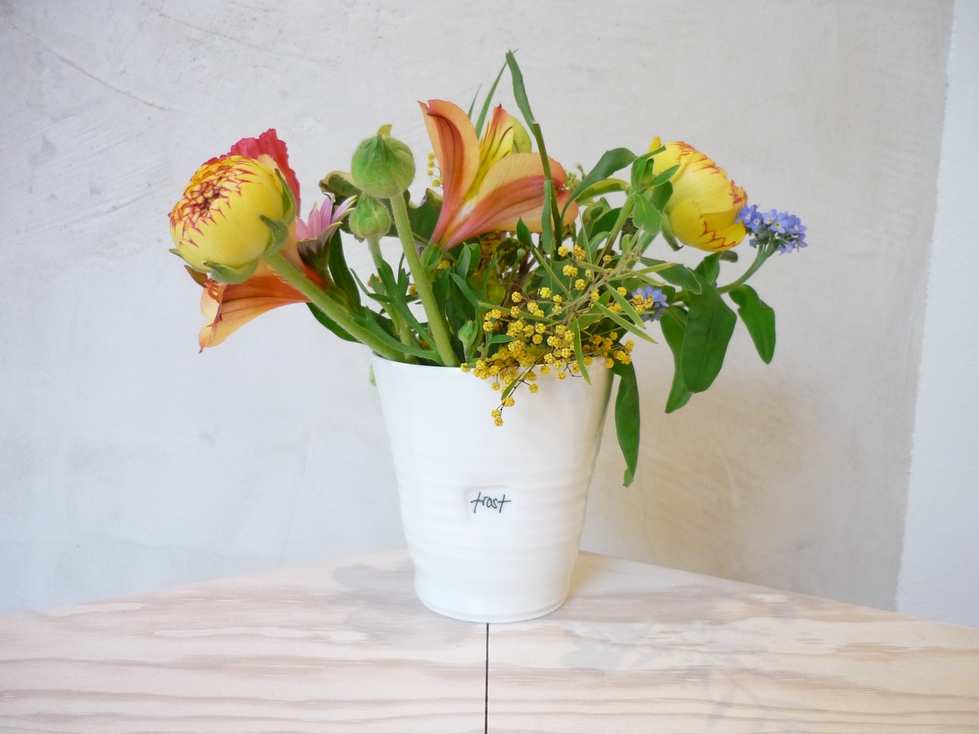
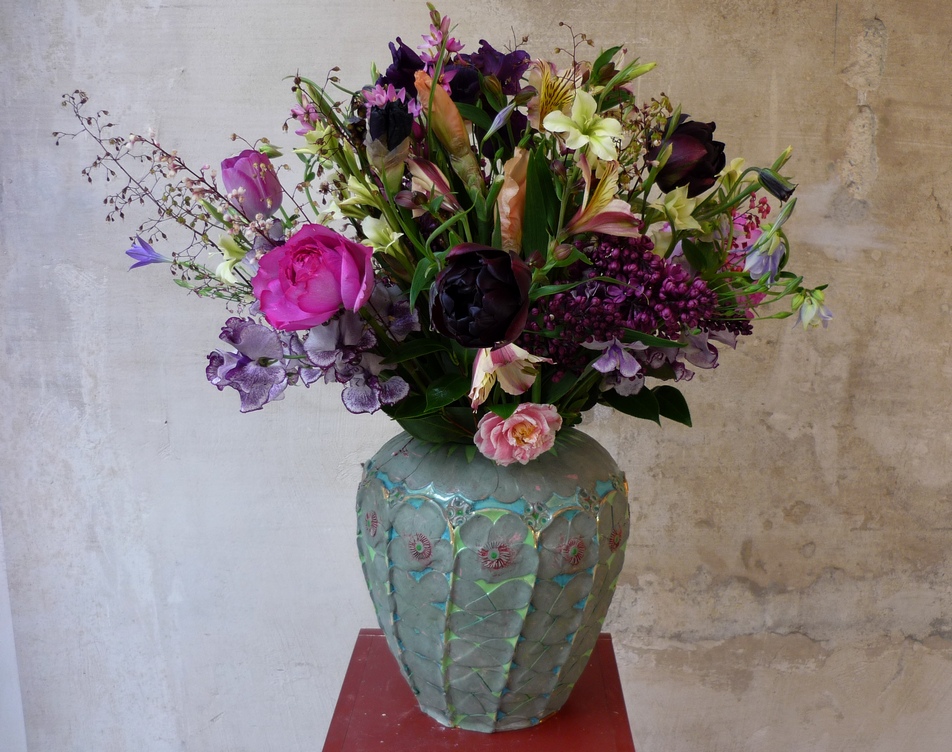
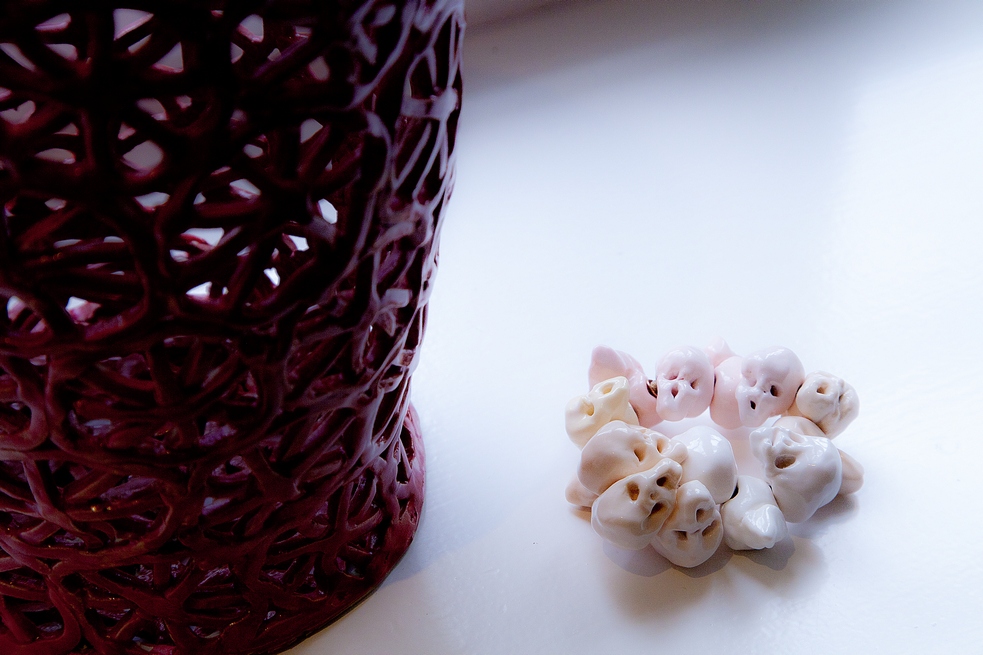
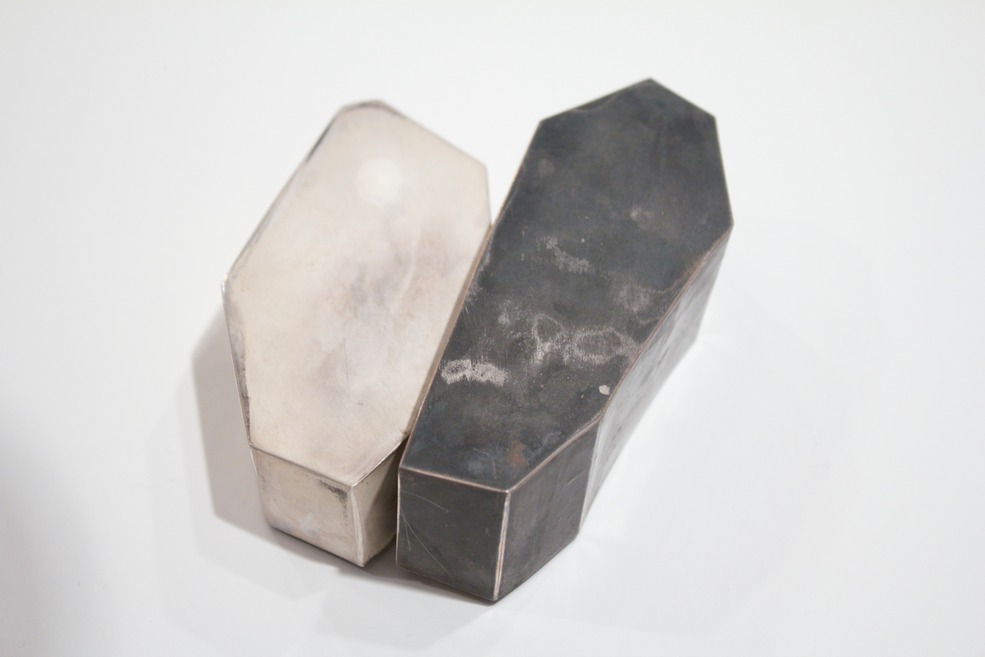


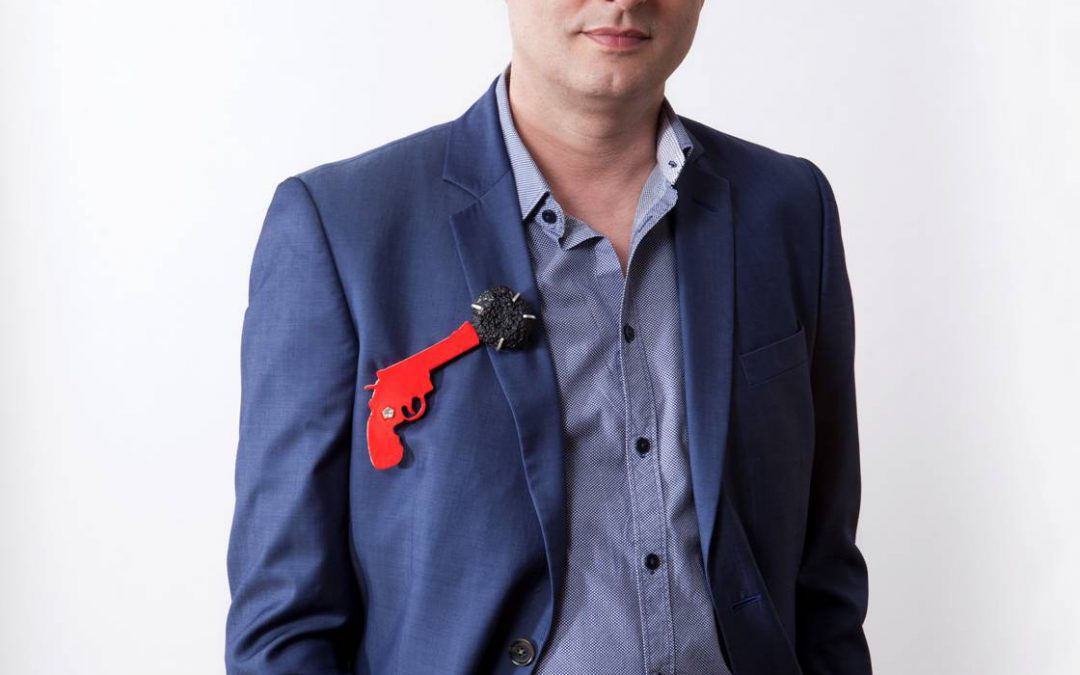
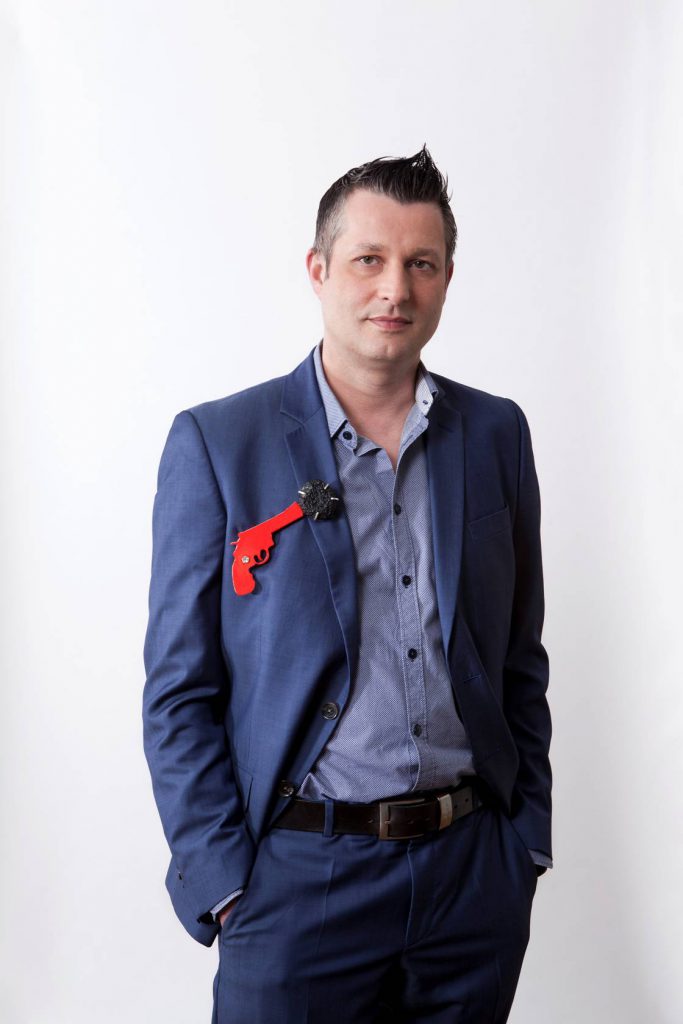


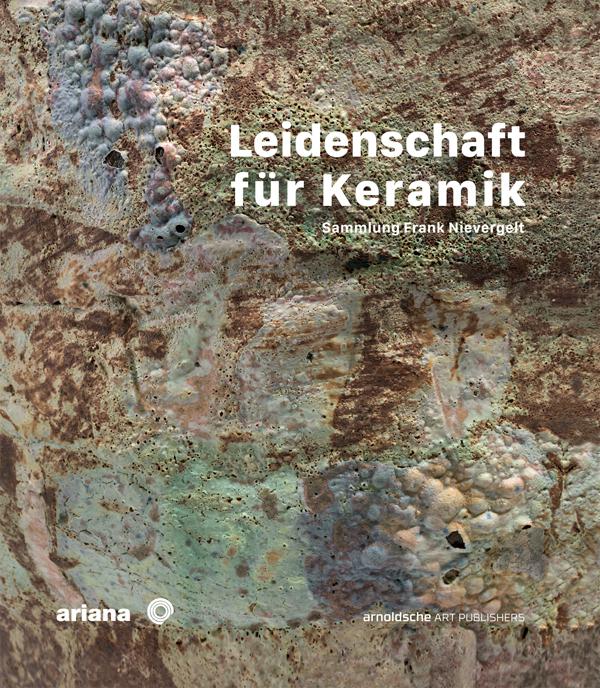

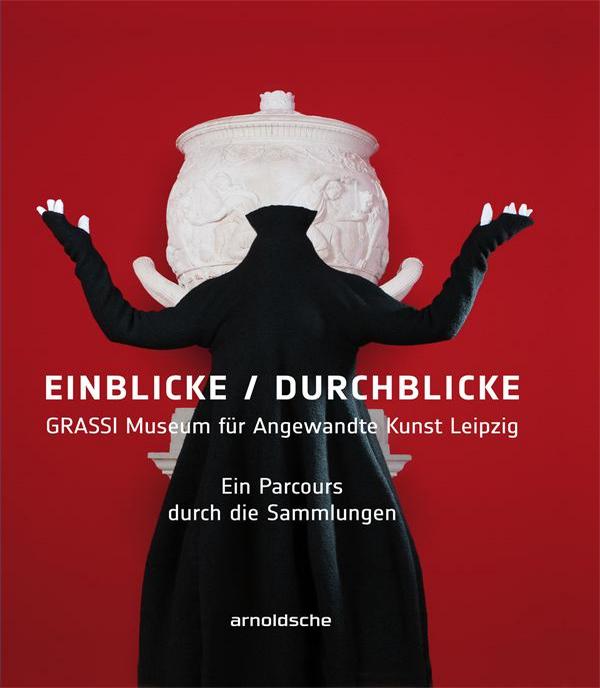
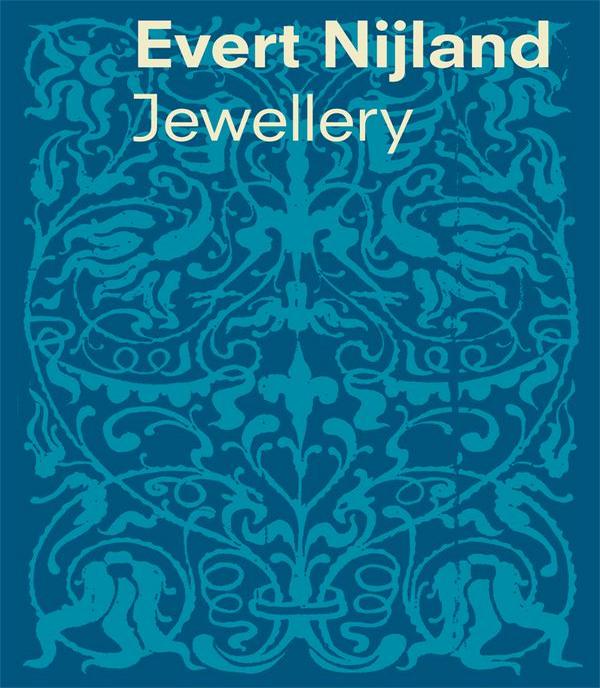

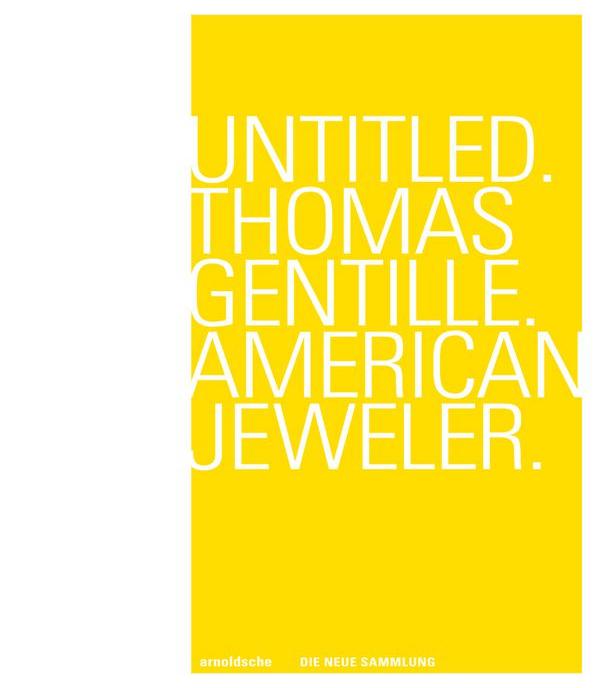
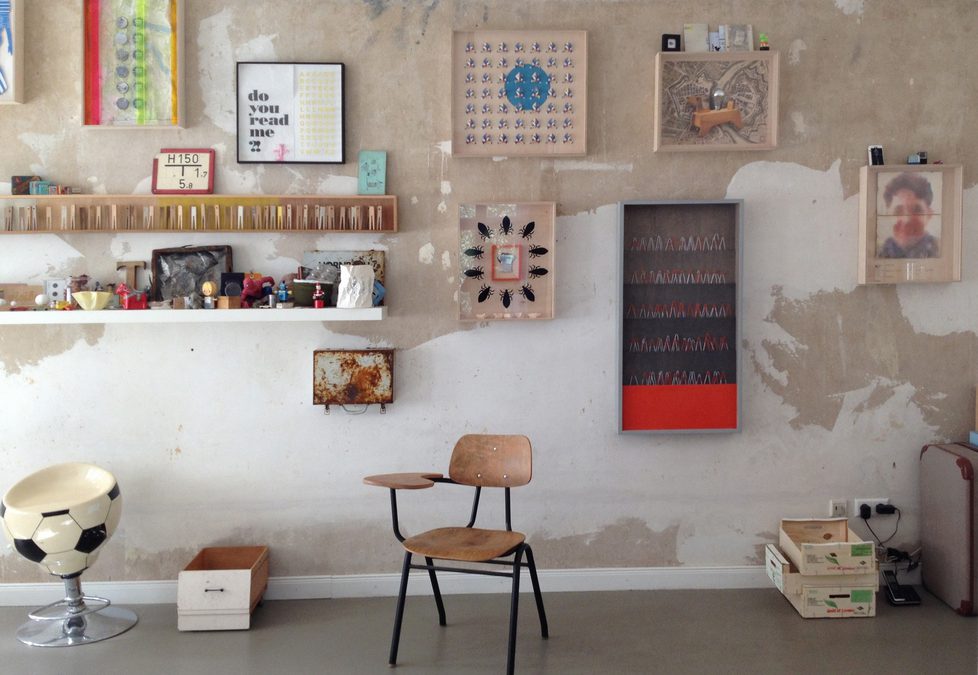
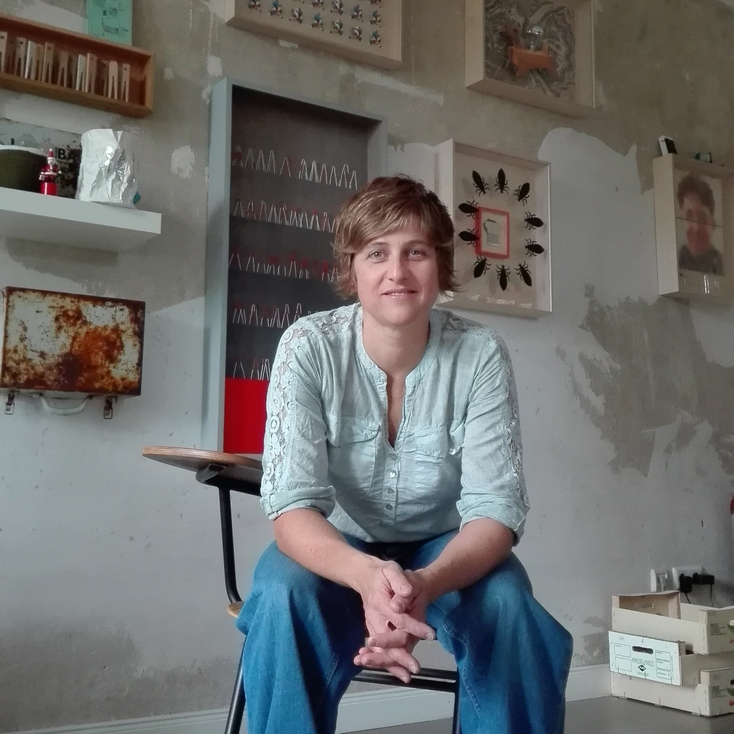
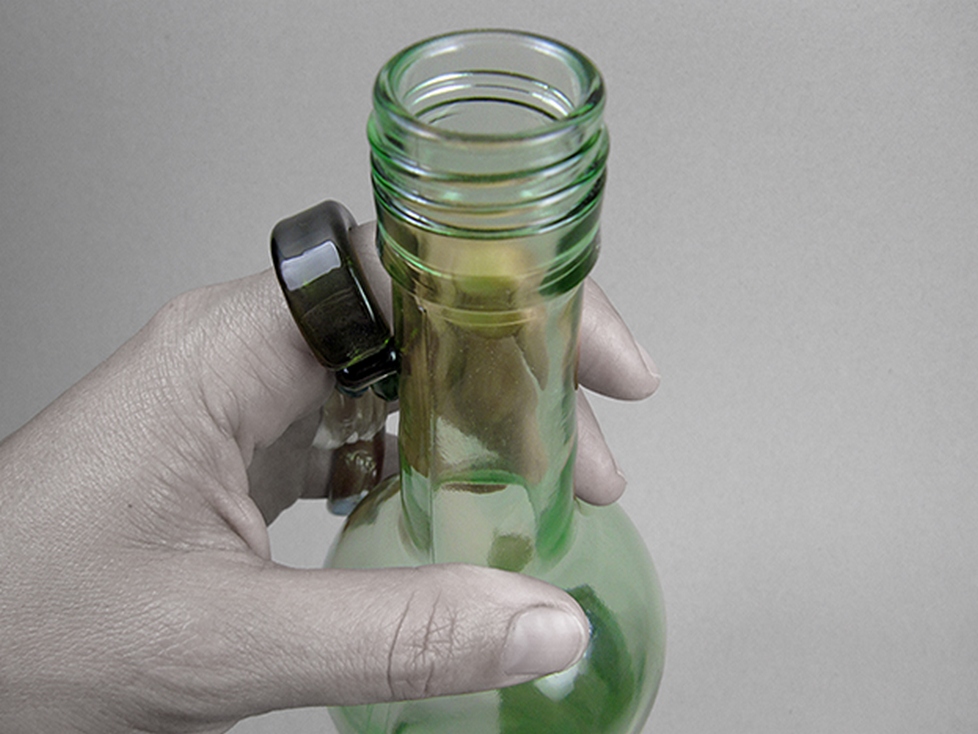
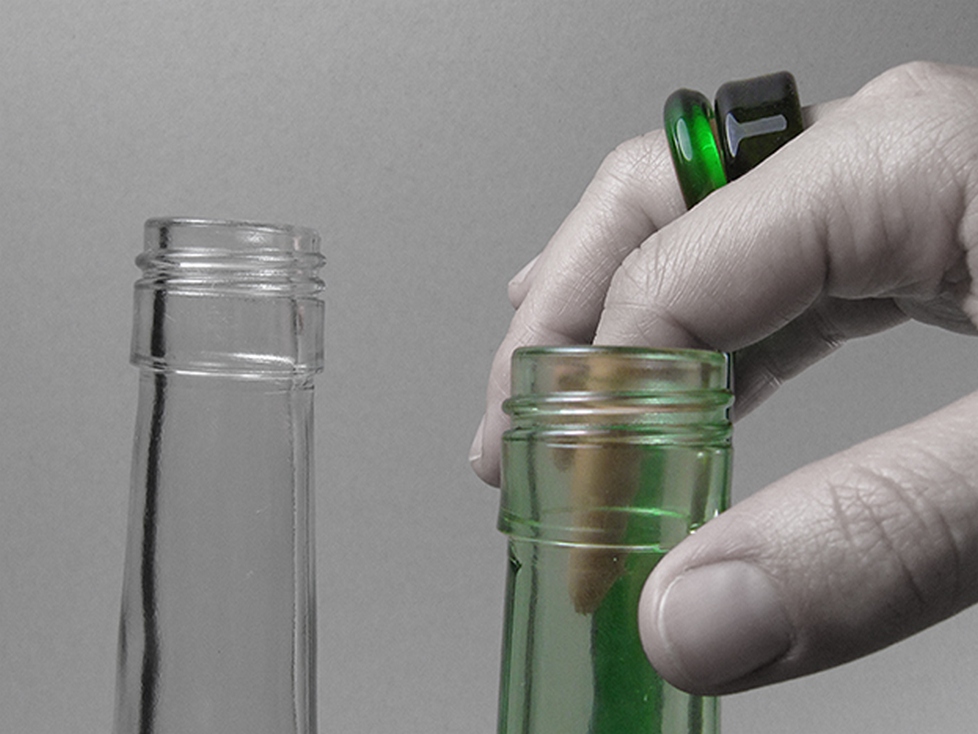
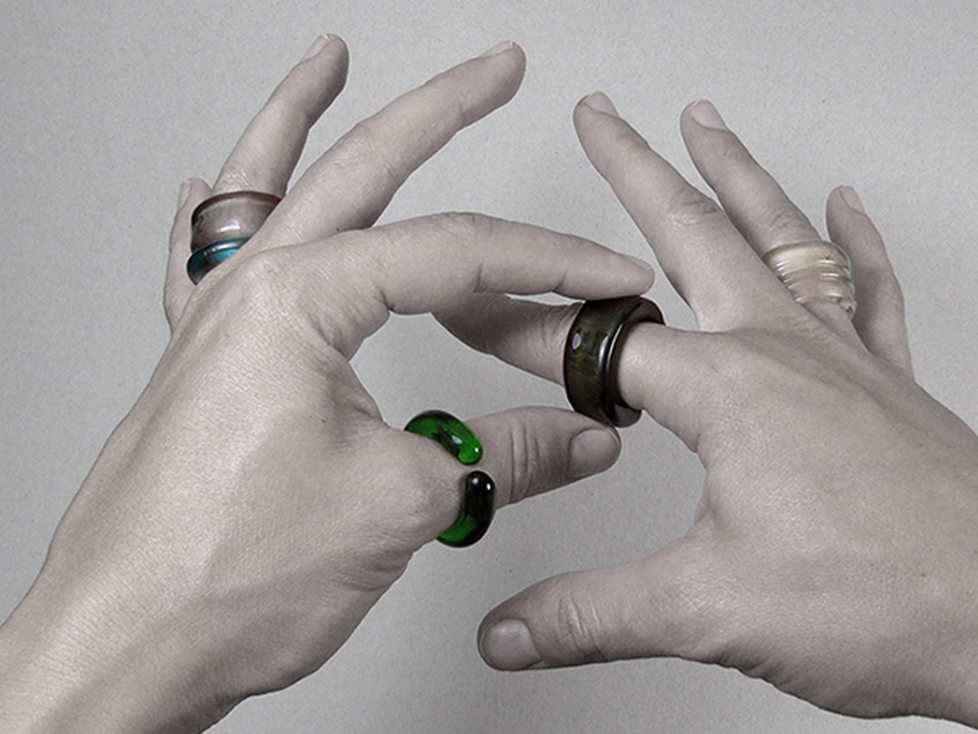















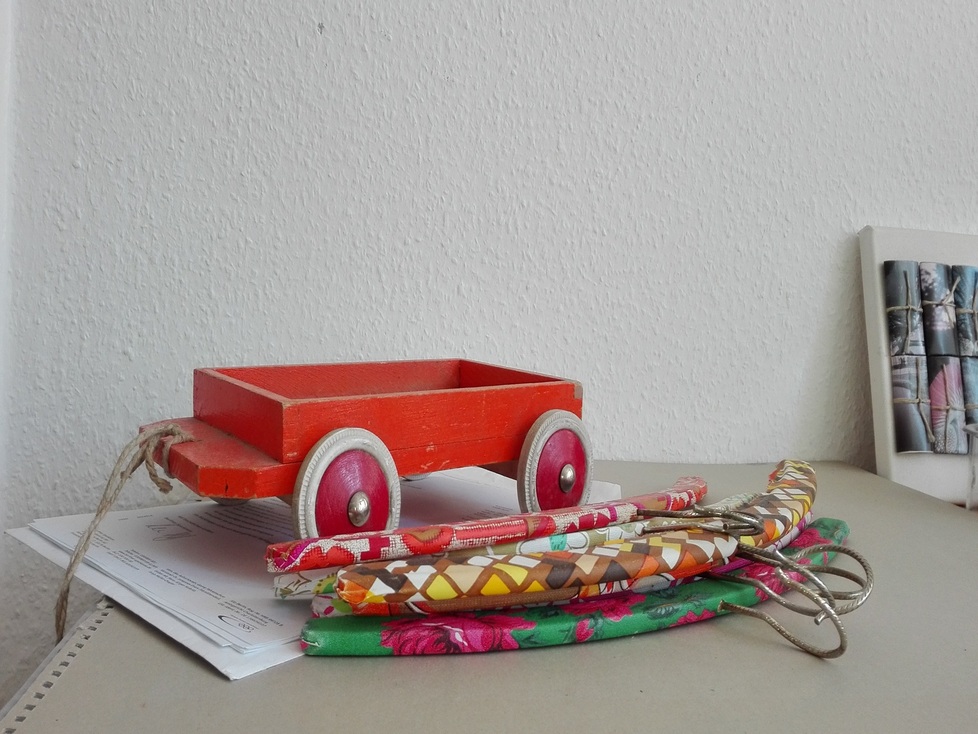



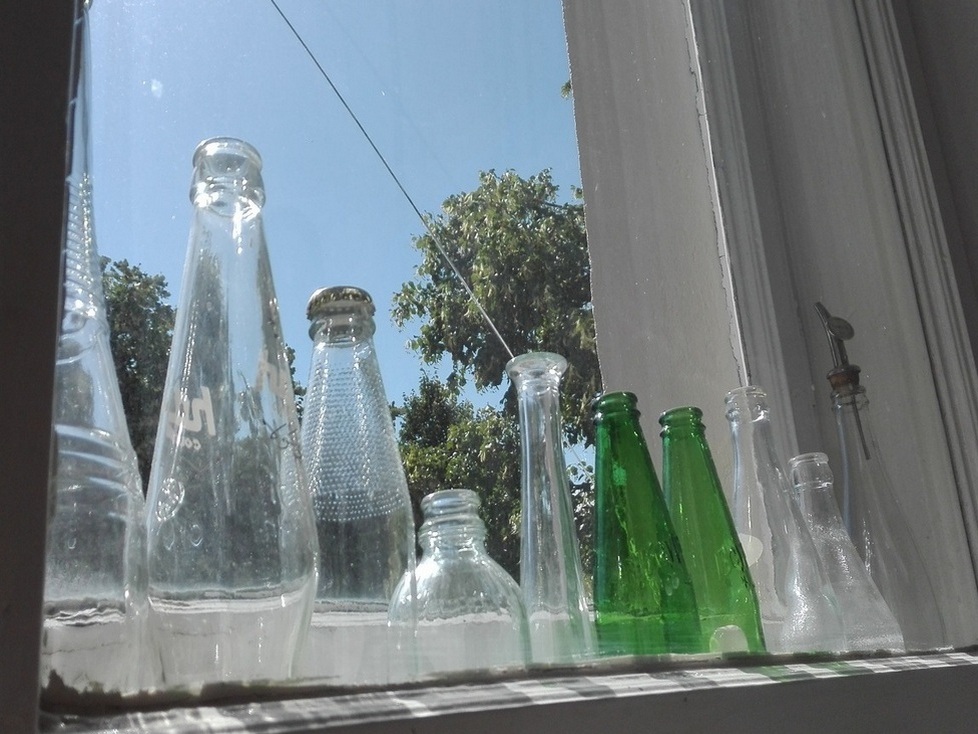


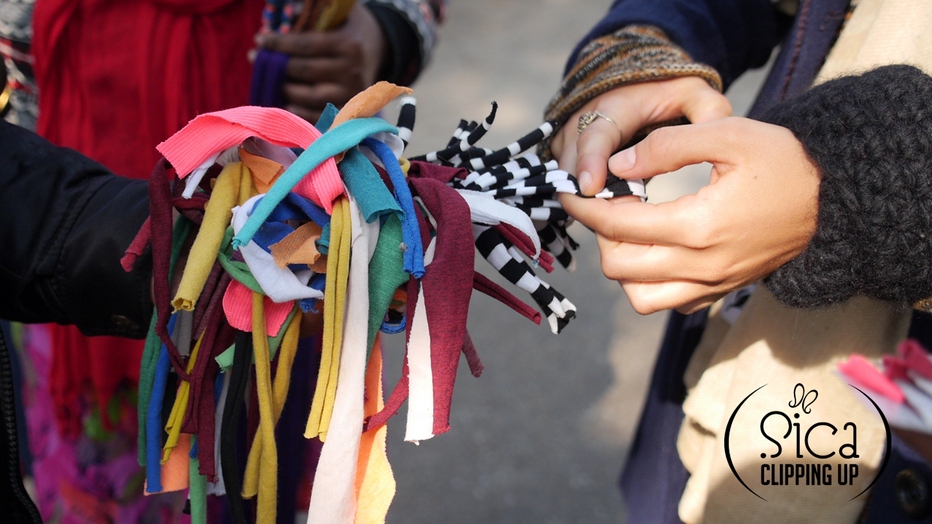
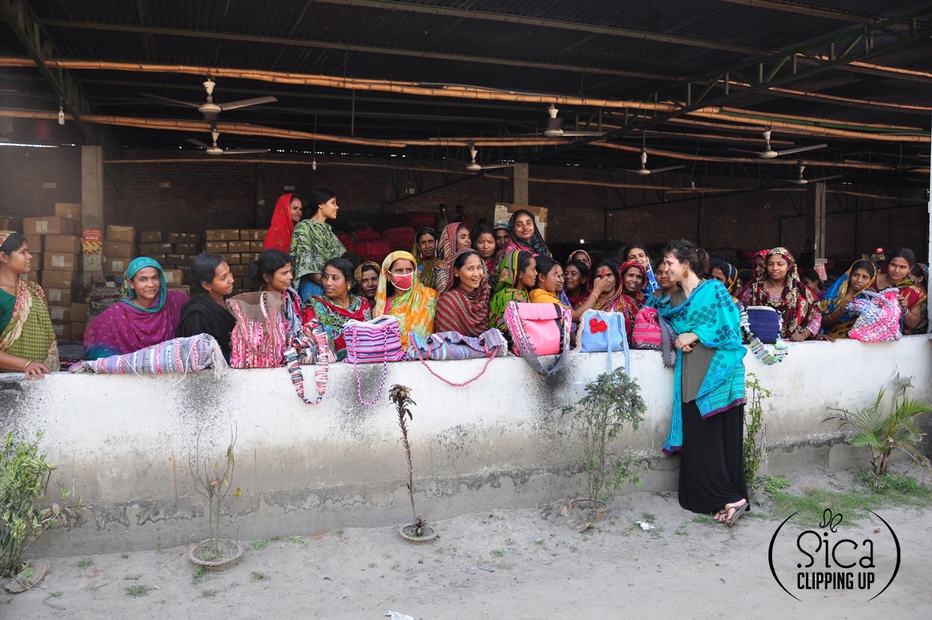
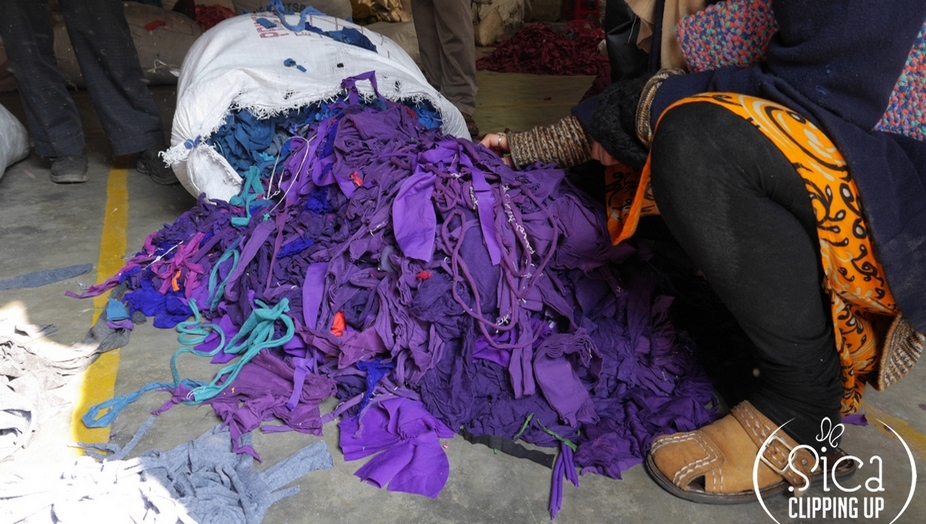
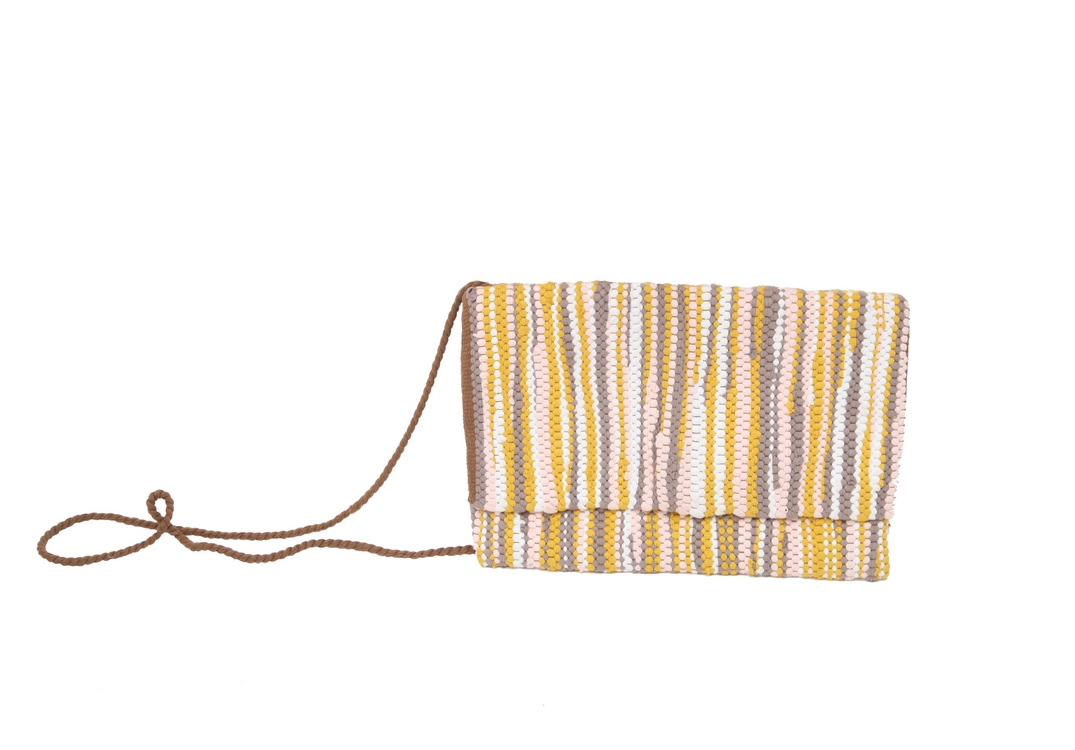
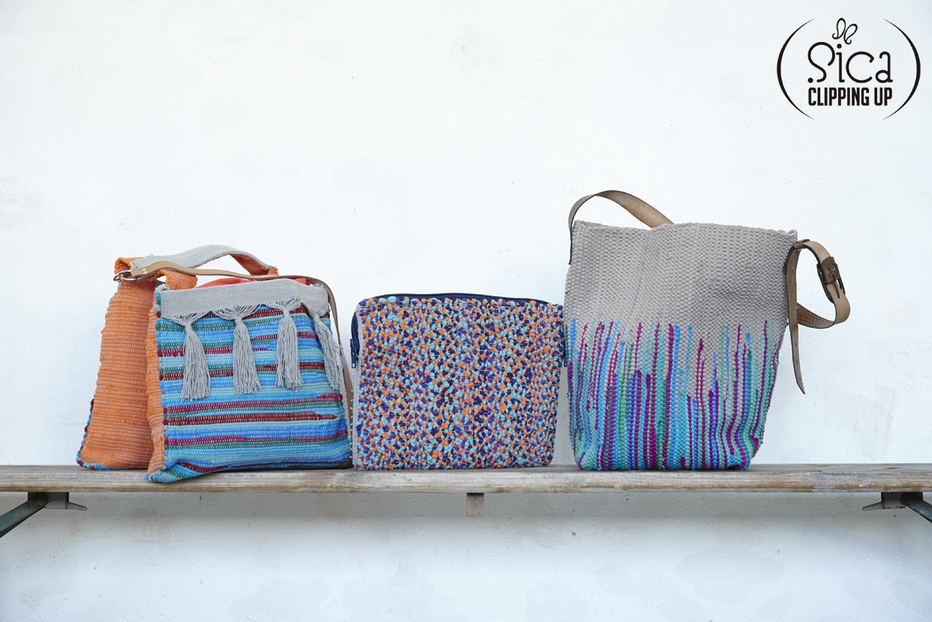
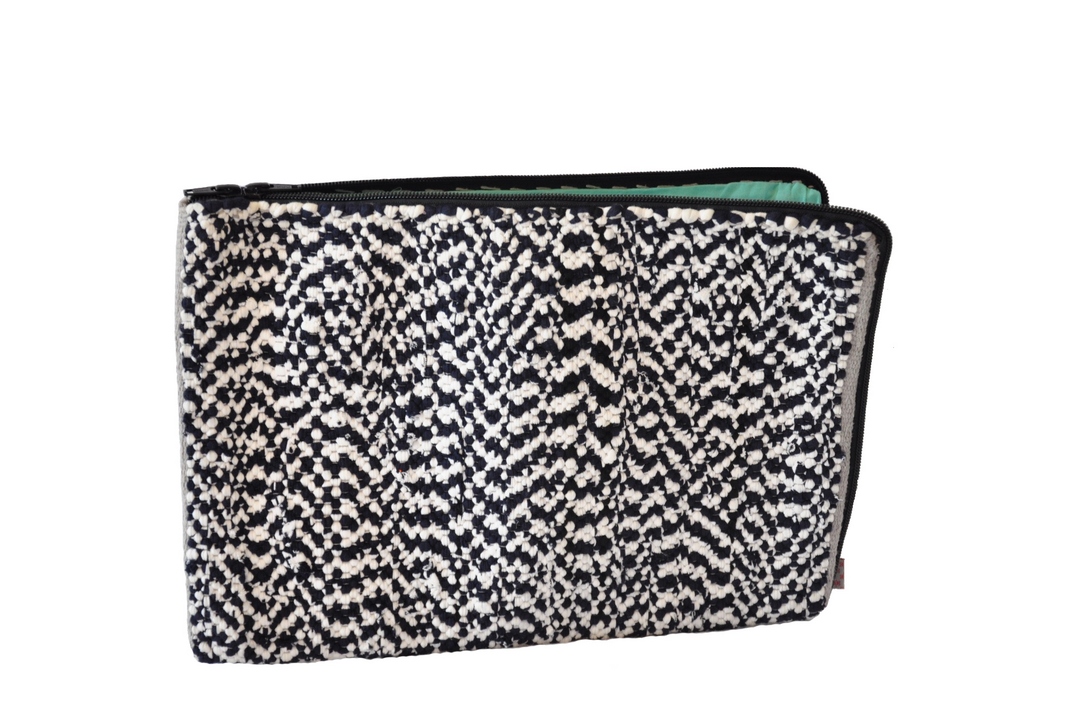
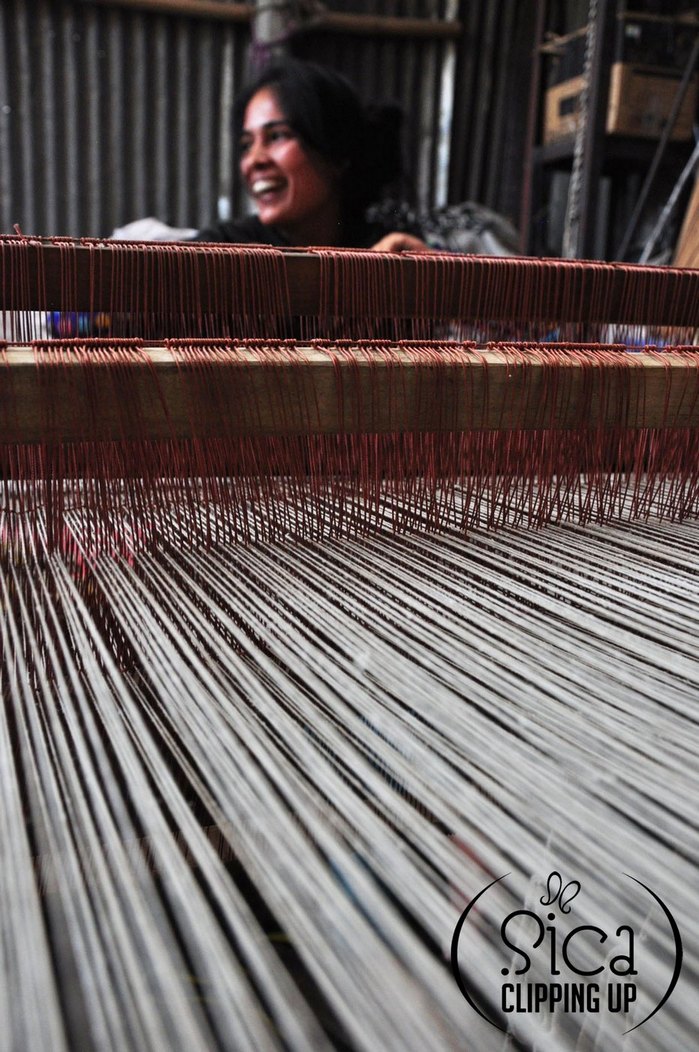
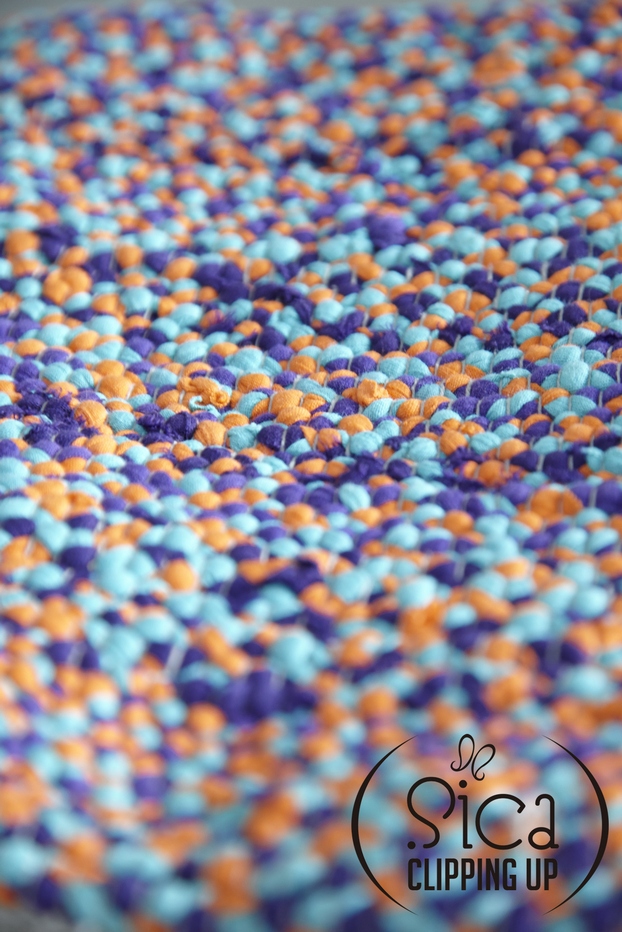
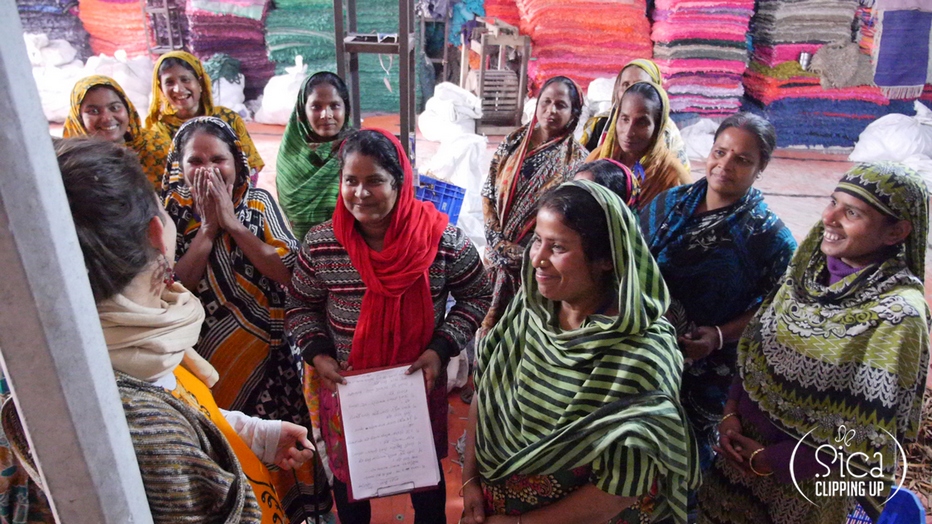
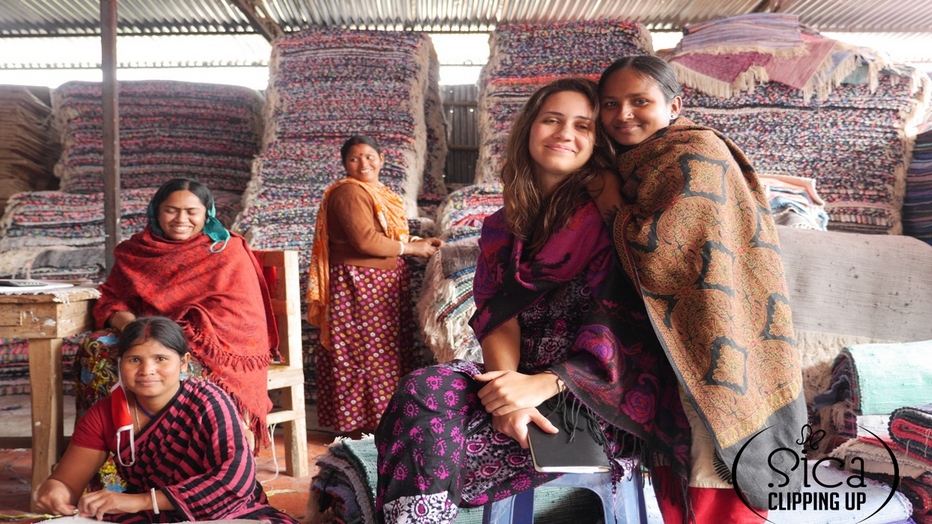
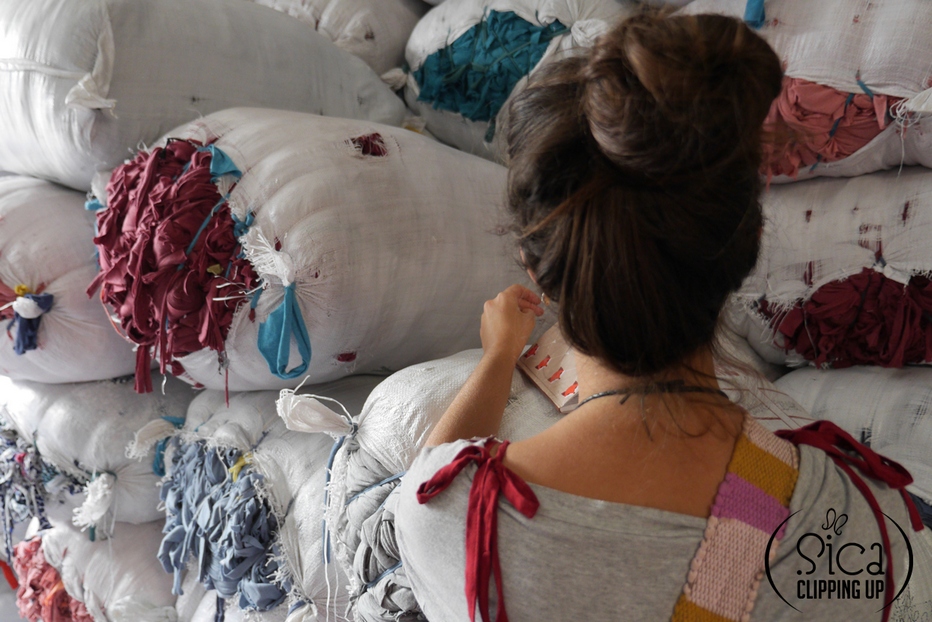
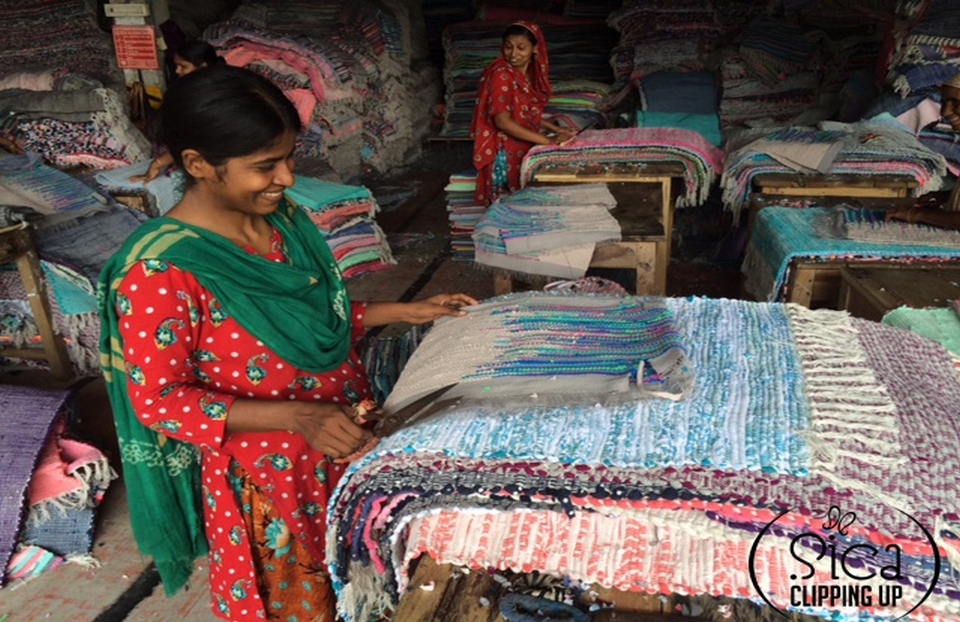
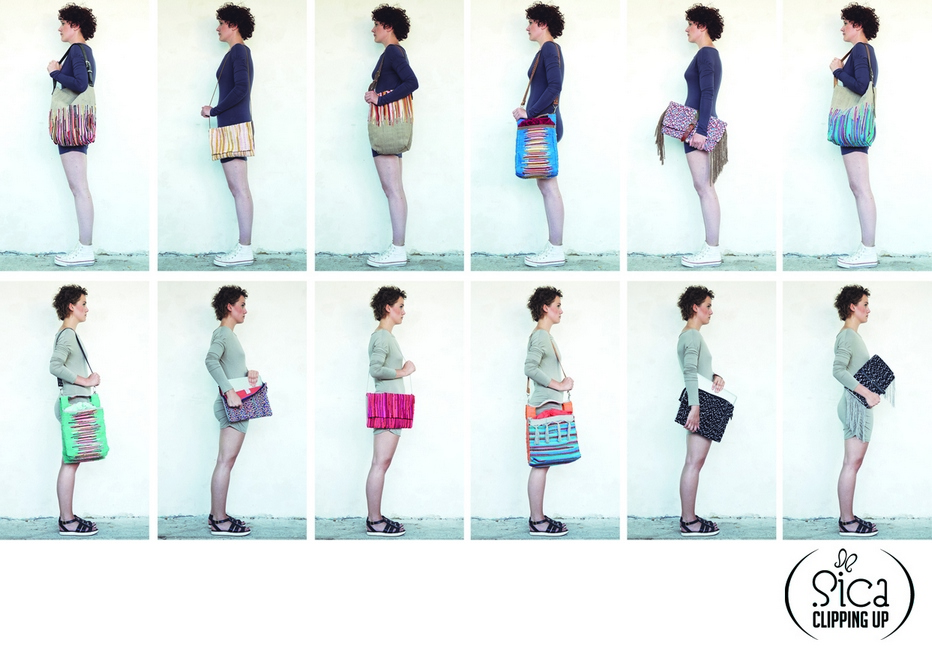
Recent Comments